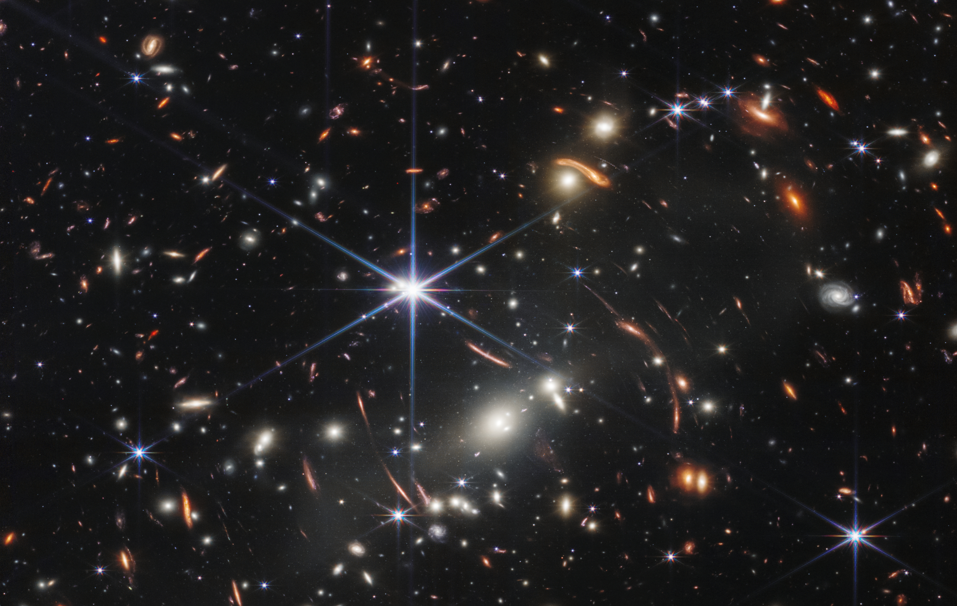Belgian scientists have contributed to a "game-changing" analysis of a distant planet's atmosphere, in a scientific breakthrough which could aid the search for alien life.
Using images collected by the James Webb Space Telescope, the most powerful optical telescope in space, scientists have for the first time been able to determine the complete chemical composition of a so-called 'exoplanet', or planet which exists beyond our solar system — a pioneering feat which, if repeated on other exoplanets, could help us determine which ones are likely to harbour life.
"The exoplanet was already known to us thanks to observations with the Hubble Telescope," said Leen Decin, a Professor of Astronomy at the Katholieke Universiteit Leuven one of approximately 200 researchers involved in the study. "What's new is that we have used and combined [different] observation modes, giving us fine observations for the first time... around the exoplanet."
For Natalia Batalha, a Professor of Astronomy and Astrophysics at the University of California at Santa Cruz and one of the leaders of the study, the impact of the new findings cannot be overstated.
"Data like these are a game changer," she said.
A primer on spectroscopy
The exoplanet in question is called 'WASP-39b'. It is roughly one-third the size of Jupiter, and, being located eight times closer to its star than Mercury is to our Sun, it is also very, very hot: temperatures can soar to 900°C, way beyond Mercury's maximum daytime temperature of 430°C.
It is precisely WASP-39b's close distance to its star, and the sheer, punishing intensity of the light it continuously receives that has allowed scientists to analyse its atmospheric composition.
As light passes through a planet's atmosphere, different molecules absorb light at different wavelengths. By observing which wavelengths of light become absorbed, scientists can determine which chemicals exist within that planet's atmosphere. (The technique of examining light radiation in order to determine a molecule's identity is known as 'spectroscopy'.)
In this way, WASP-39b has been determined to contain water, carbon dioxide, carbon monoxide, sodium, and potassium — and, for the first time ever on an exoplanet, sulfur dioxide.
A 'very exciting' discovery
It is this latter discovery, in particular, which has excited the scientists involved in the study. Given the chemical composition of the rest of the exoplanet and its surrounding solar system, it is simply impossible for the sulfur dioxide to have formed in any other way than by light from its star inducing chemical reactions in the exoplanet's atmosphere.
This happens in a similar way to which, for instance, ozone (O₃) is formed by sunlight inducing chemical reactions with antecedently present molecules (namely, nitrogen oxides and hydrocarbons) in our own atmosphere.
Related News
- Belgian scientists one step closer to industrial production of hydrogen roof panels
- Remains of a synthetic drug laboratory discovered in Limburg town
"We've gone so much deeper in [our] understanding of this planet by revealing all these different molecules and being able to characterise their abundances much more precisely, and then to see things that we didn't really expect," said Jacob Bean, a Professor of Astronomy at the University of Chicago, and another key researcher involved in the study. "For example, the sulfur dioxide, that's not something we ever had a chance of seeing with Hubble. But it was quite easy and it just sort of fell out of these first James Webb observations."
Bean added that the discovery of sulfur dioxide is "very exciting", and that the underlying spectroscopic and imaging techniques used to determine its presence are "going to be crucial for understanding life on other planets".

